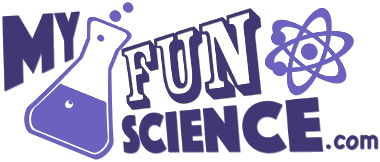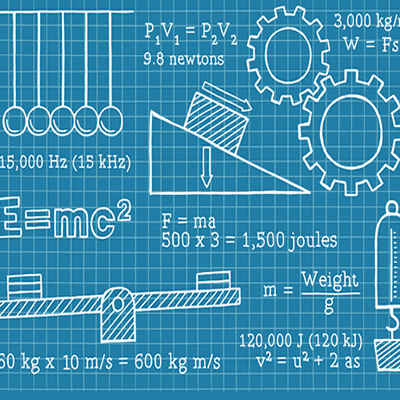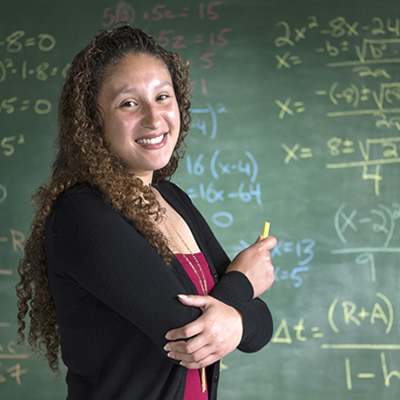Description
Physics Course Overview:
This class is approved by the NCAA.
Subatomic particles, planetary motion, even heat and energy can all be defined and explained through the study of natural processes and laws. This is the goal of physics: to understand and explain the workings of the universe.
This course which will cover mechanics, Newton’s laws, momentum, projectile and satellite motion, rotational motion, properties of matter, heat, thermodynamics, vibrations and waves, electrostatics, electromagnetic induction, reflection and refraction, light emission and quanta, atomic and nuclear physics, the atomic nucleus and radioactivity, fission and fusion, and special and general relativity.
Students will complete a minimum of six experiments as chosen by the teacher. An emphasis will be placed on students understanding scientific inquiry, the scientific method, and the resulting science lab reports.
High School Credits
- 1 credit
Grade Levels
- 11-12
Prerequisites
Course Video
Physics Course Curriculum
- Exploring Creation with Physics, 2nd ed, by Wile, ISBN 978-1-932012-42-2.
Required Equipment
- Lab Kit available at https://www.homesciencetools.com/kits/?item=AM-KTPHYS.
- Please note: Kit is configurable, please feel free to leave out items you already own or can acquire cheaper locally.
Tips for Student Success in Physics Class
Students who are fully present, work diligently, actively participate (either via live class attendance or watching recordings promptly and attentively), and consistently communicate will be the most successful.
Communication: Students who are unable to find something, are unable to remember instructions, are having trouble understanding, or are otherwise having difficulty engaging in the class should take every opportunity to communicate with the teacher. It is important to ask questions and keep an open line of communication about all class related activities for the best learning experience.
Syllabus Download
Physics Syllabus Outline:
Fall Semester
- Introduction to Physics, Module 1: Motion in One Dimension
- Motion in One Dimension
- One Dimensional Motion Equations and Free Fall
- Two Dimensional Vectors
- Motion in Two Dimensions
- Newton’s Laws
- Applications of Newton’s Second Law
- Uniform Circular Motion and Gravity
- Work and Energy
Spring Semester
- Work and Energy
- Momentum
- Periodic Motion
- Waves
- Geometric Optics
- Coulomb’s Law and the Electric Field
- Electric Potential
- Electric Circuits
- Magnetism
Estimated Workload
Students spend 2 weeks on each module, covering 7 modules total during a 15 class semester. For each module covered, students will read approximately 25 pages and answer approximately 25 questions out of the book. Online practice problems are often assigned to reinforce the lessons and provide students with immediate feedback. In addition, each module includes one to three hand-on experiments. Most experiments are assigned for experience only, but 4 detailed lab reports are due each semester. The textbook indicates students should expect to spend 1 hour per day on Physics, but time varies greatly depending on individual aptitude and ability.
Physics Course Review
“I enjoy Mr. Leingang as a teacher because he explains things so well. I want Leingang again for Physics. Make sure you sign me up for that class!” ~ Evan






